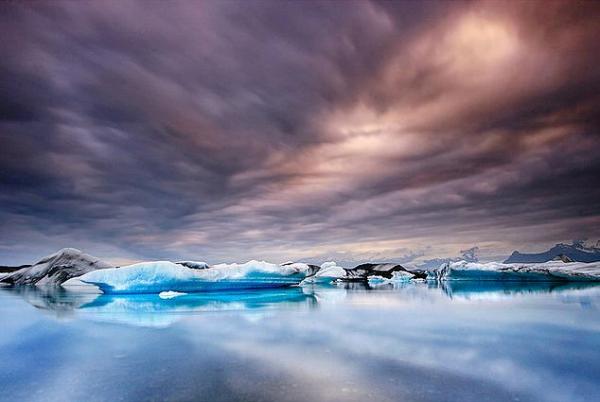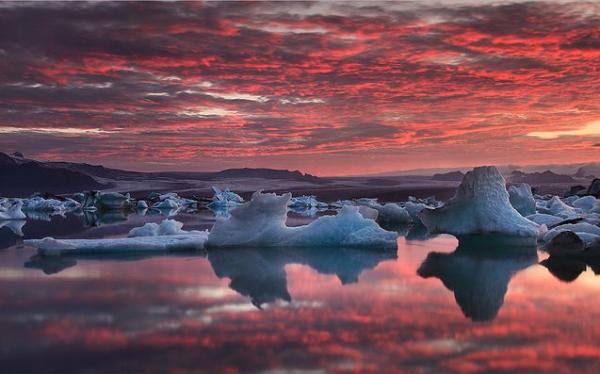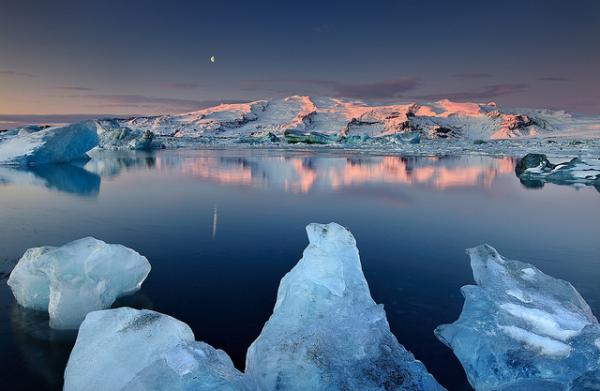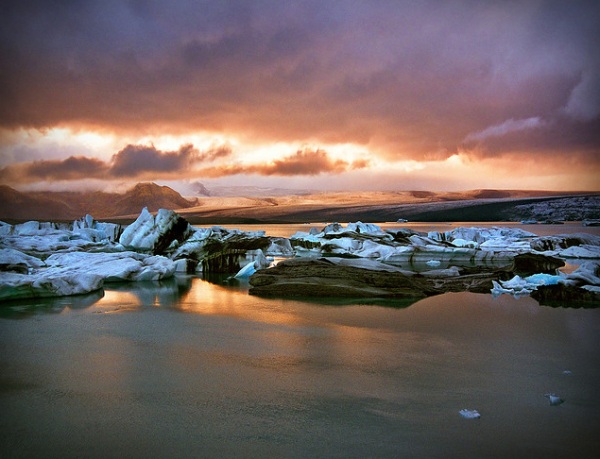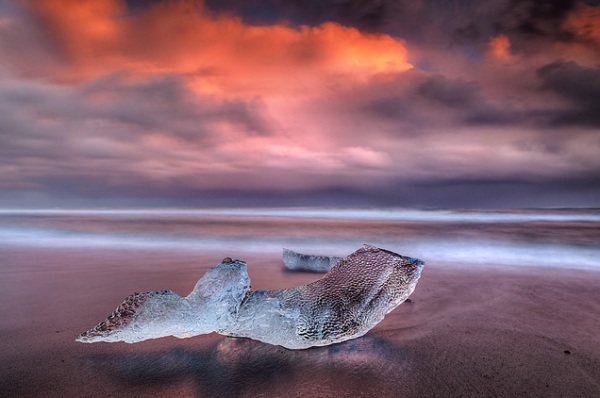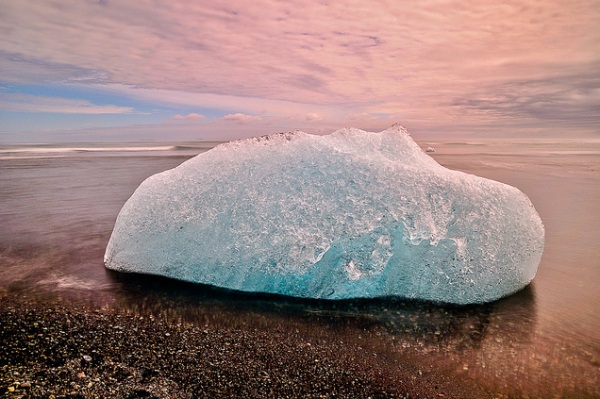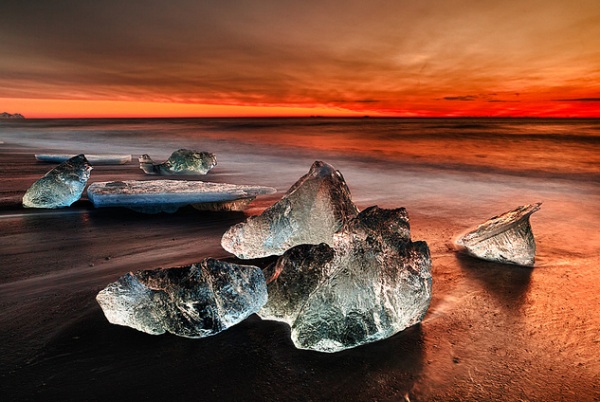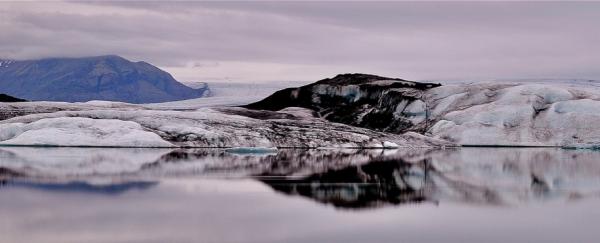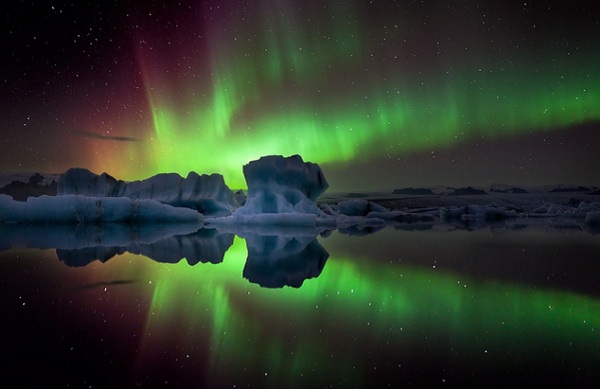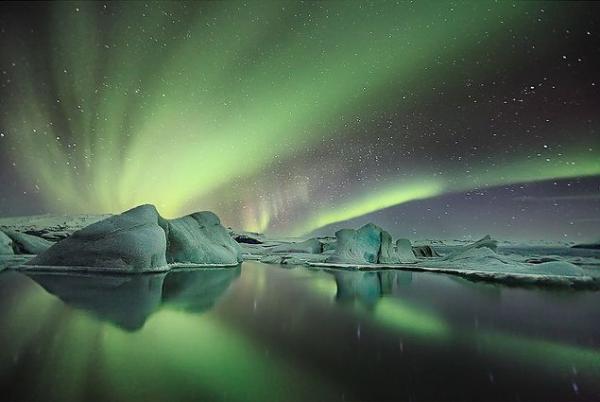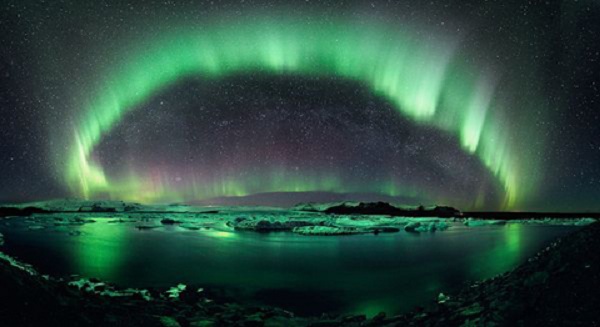A colorful, chilly “heaven on earth”…
Iceland is a country famous for its natural beauty and strange and wonderful works of nature. If you look closely at the name of this country, you can see that Iceland means “ice-land” – the land of ice, with the basic characteristic of this place being ice. Therefore, today, we will visit Jökulsárlón Ice Lagoon – a place where majestic icebergs and breathtaking scenery converge that everyone wishes to visit once.
Jökulsárlón Ice Lagoon possesses a beauty that “fascinates” all who have ever set foot here. The formation of the ice lagoon began about 1,100 years ago. When the first Icelanders arrived here, this ice lagoon did not exist at all, but only the Breiðamerkurjökull glacier, about 20km long to the North and flowing into the sea. But gradually, with the rapid warming of the Earth, since the 1920s, the ice gradually melted, the river receded and formed this lagoon. After more than 50 years, the area of Jökulsárlón lagoon has increased 4 times, becoming the largest lagoon in Iceland. Currently, the lagoon is up to 18km2 wide and 248m deep.
One of the most striking features of the Jökulsárlón glacial lagoon is its often pristine, pure blue color that covers the vast sea of ice. Although it was formed by the melting of the Breiðamerkurjökull glacier, there are still giant icebergs in this lagoon that sparkle in the sunlight. According to scientists, the “oldest” iceberg here is about 1,000 years old, a remnant of a former glacier.
The color of the ice here is also strange. It changes according to a certain color cycle. The ice is originally colorless frozen water, but under sunlight, the ice crystals change color miraculously. When there is a strong beam of light shining directly on it, the top of the ice layer is pure white. At mid-range and lower altitudes, away from sunlight, the ice is a bright blue. The most magical thing is when the sun sets, the ice gradually turns yellow and then orange. It would be lucky if visitors had the opportunity to come and enjoy this wonderful color party!
The gray streaks on the ice are ash from ancient volcanic eruptions.
Not only that, due to the special geological structure, located on an ancient volcano, sometimes in the ice, you can see gray ripples. That is the ash from the volcano’s previous eruptions! This explains why around the lagoon there are black rocks, interspersed among the ice, next to the beautiful white sand.
The ice here is not static, which is a rare phenomenon. It is active seasonally, even daily. In winter, it is almost stationary and chooses a long “hibernation”. But in summer, especially with the rapid warming of the Earth, even the “oldest” ice begins to melt, increasing the area of the lagoon. As a result, it is very possible that these ice sheets will disappear forever.
This photo shows a special aurora phenomenon at Jökulsárlón ice lagoon.
Coming to this picturesque lagoon, visitors also have the opportunity to admire the rich flora and fauna, such as sea terns, polar bears, herring, salmon… In addition, those who are lucky will have the opportunity to admire the special aurora phenomenon that only exists at the two poles of the Earth, and the Jökulsárlón ice lagoon is the easiest place to observe. Another very interesting information about the beautiful scenery here is that this ice lagoon has been used as the setting for a number of Hollywood blockbusters such as the two James Bond parts “Kill/Die Another Day” and “Tomb Raiders”!
